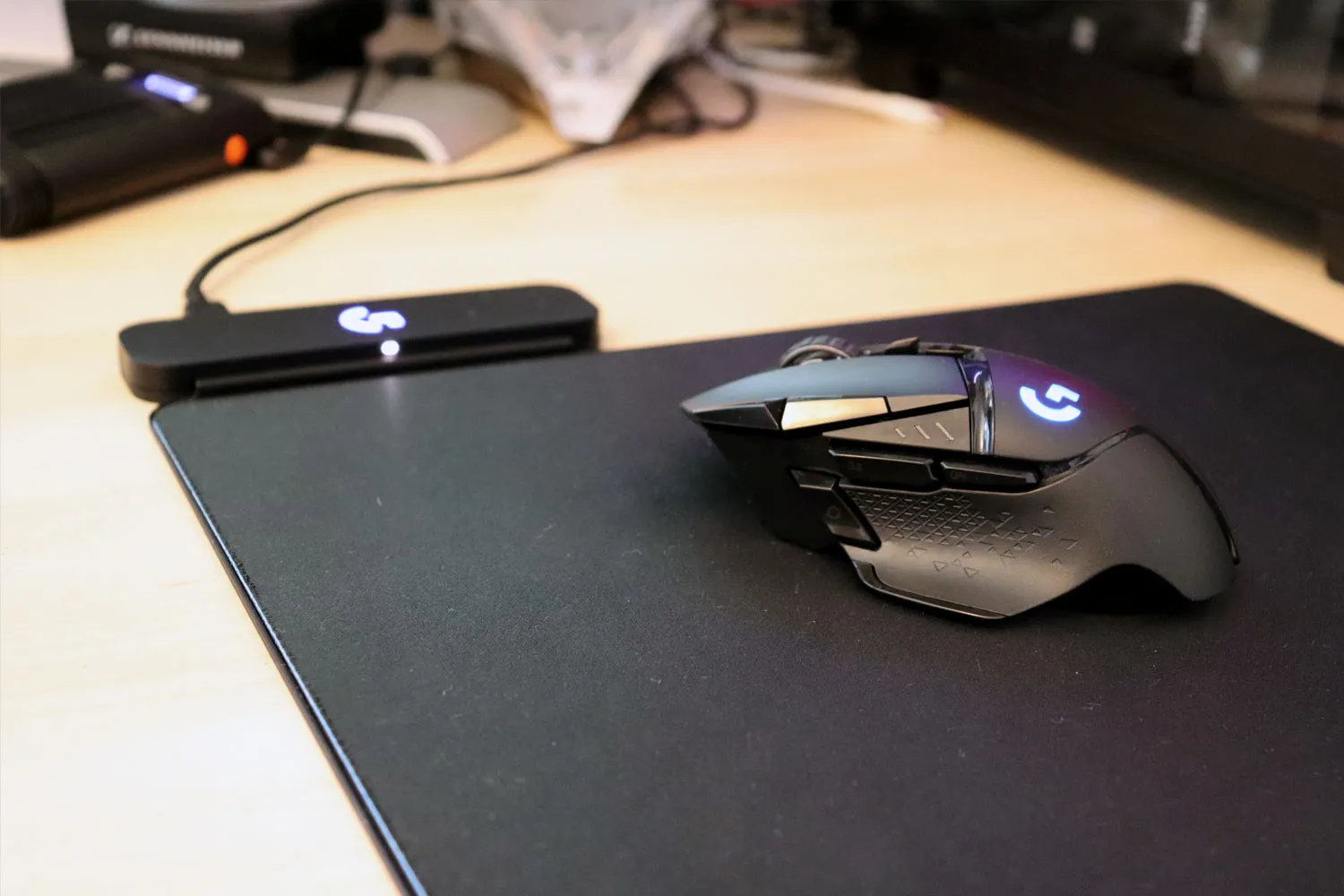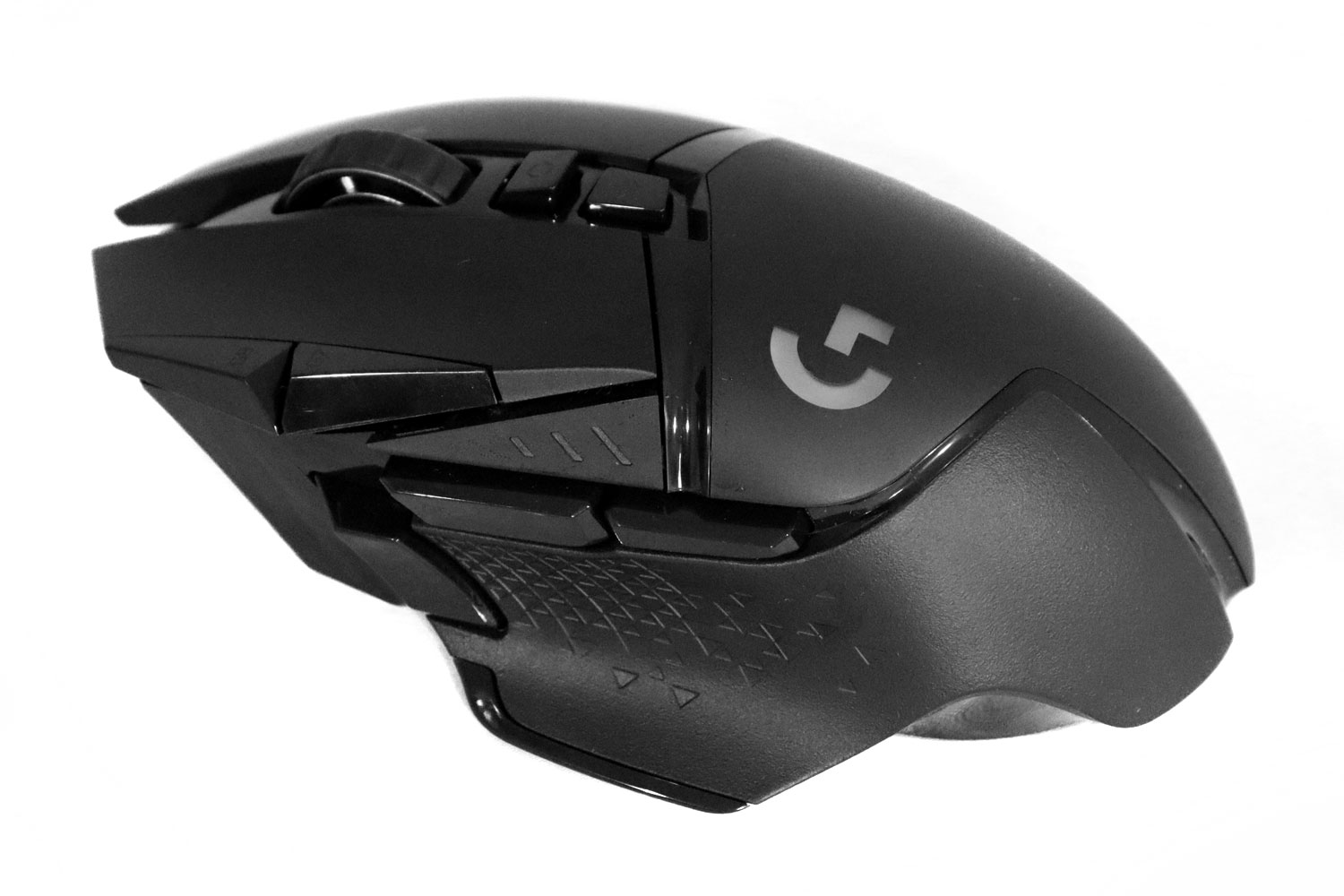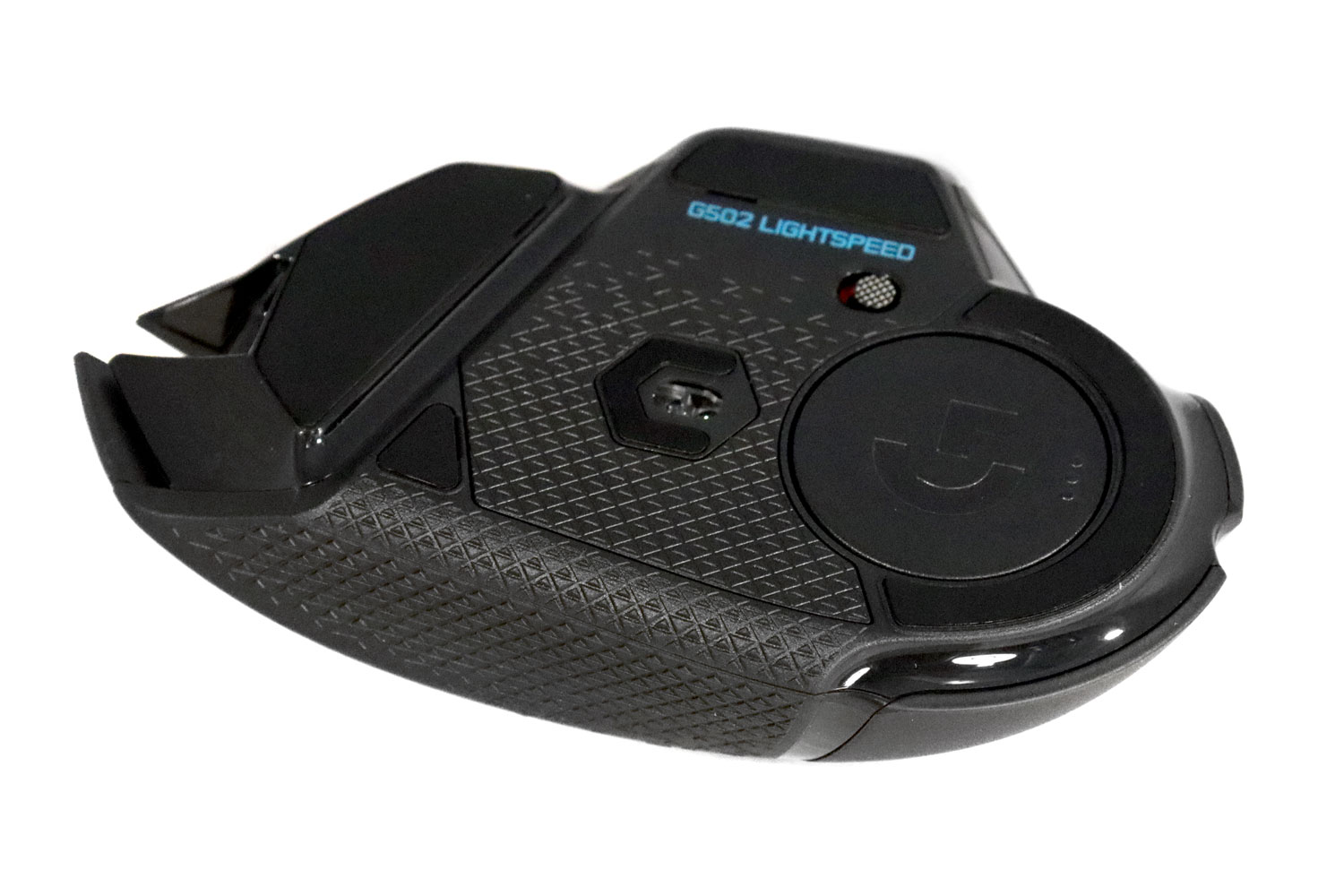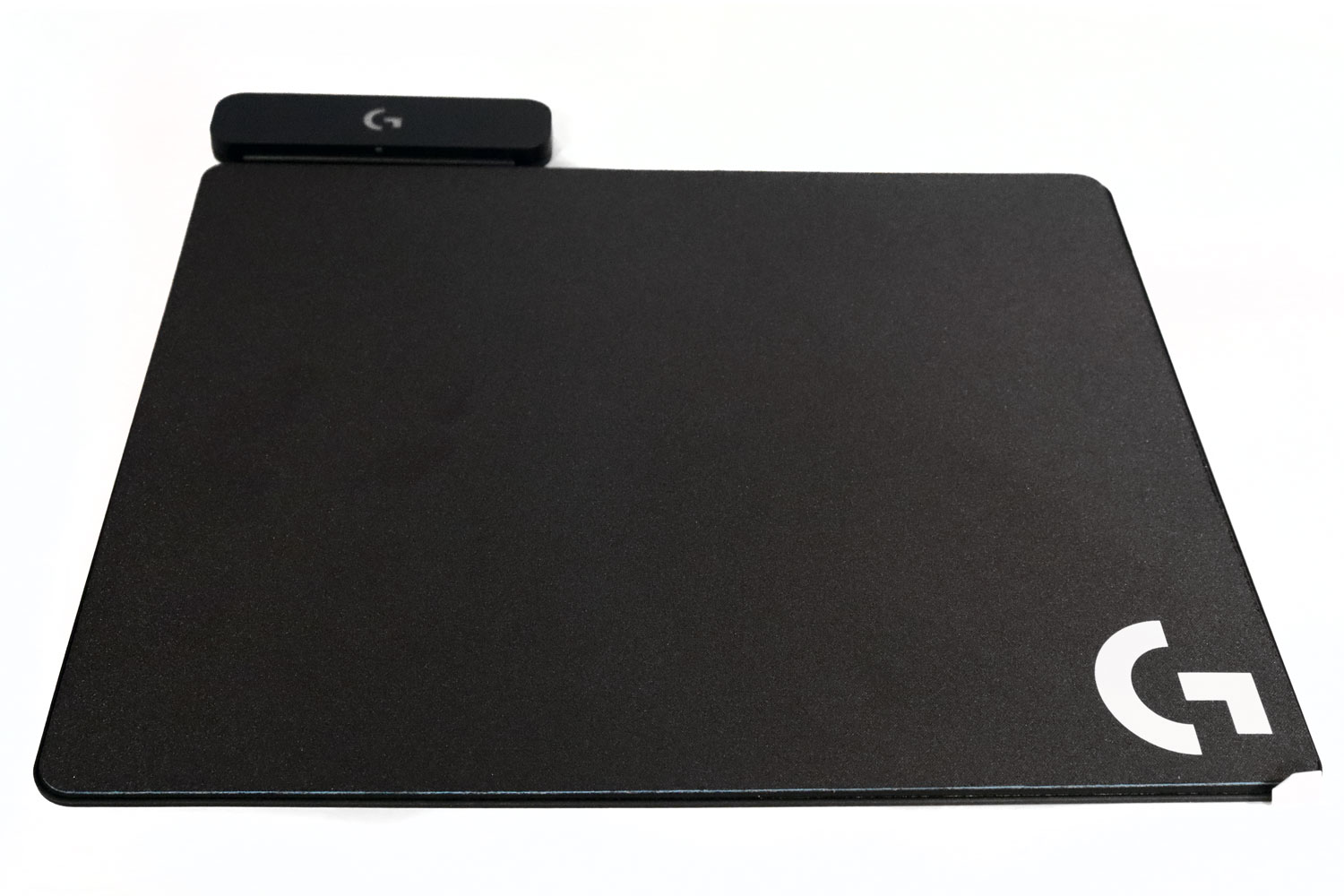Logitech has been on a crusade for the past few years to make wireless gaming mice as capable as their wired-brethren. If there was ever a mouse that could do it, it’s the new G502 Lightspeed. Priced and specced like a halo product, this is a gaming mouse that is designed to compete with anything the world of wired mice can throw at it — Logitech’s own rodents included.
With the same Hero sensor found in Logitech’s other flagship gaming mice, a revamped shell that cuts weight whilst retaining rigidity and comfort, and support for wireless charging through a connected Powerplay mouse mat, the G502 ticks every box there is for gaming mice. But does it all deliver? And can it possibly be worth its $150 (for just the mouse) asking price?
Who needs wires?
The two classic concerns for wireless gaming mice are input lag and battery life, but Logitech has banished such problems to the annals of gaming history. The G502 Lightspeed is indistinguishable from a fast wired gaming mouse, like Logitech’s own G502 Hero, thanks to innovations in signal processing and the efficient Hero sensor.
We’re told that it’s even faster than some wired mice, but even if there are faster mice out there, for all intents and purposes, a wireless connection no longer means a worse experience. Indeed, there is likely some tangible benefit to not having a wire dragging around after you.
As for battery life, the G502 Lightspeed is rated to last up to 48 hours without charging, but if you employ the Powerplay Wireless Charging mat ($100 extra) you never even need to think about it. The mouse charges while you use it, and you can even connect it wirelessly to the mat to ditch the need for the bundled USB receiver.
The Powerplay mat is connected via a USB cable to your system, so it doesn’t remove a wire from your desk, even if it does help remove the wire from your mouse. It’s also an expensive extra for what is typically the cheapest part of your on-desk accessories. But it does complete the package and mean that your wireless mouse is as much of a set-it-and-forget-it peripheral as any wired one.
The real Hero is the sensor
The jewel in Logitech’s peripheral crown is its Hero sensor. It’s accurate, with a wide array of sensitivities all the way up to 16,000 DPI (more than most will need, although Logitech does assure us some do use all of it). There’s no acceleration, and it doesn’t stutter. It’s also incredibly efficient, which is part of the reason Logitech was able to squeeze two days of battery life out of the G502.
I found it great when gaming at high-speed, browsing the web, and performing minute adjustments when working in Photoshop, much like another favorite mouse of ours, the Steelseries Rival 700. If I needed to switch down to a lower-DPI, a “sniper” button rests at the front of the thumb grip — although you can use the G-Hub software to adjust that to any of the other 11 programmable buttons. That’s also where you’ll adjust the RGB lighting which is redundant on a mouse like this since your hand covers up the logo when in use.
Weights and wheels
The G502 Lightspeed was designed from the ground up as a relatively lightweight wireless mouse, despite the added weight of a wireless transceiver and battery. It achieved that with a number of clever alterations, including redesigning the original G502 endoskeleton from the ground up. This resulted in a mouse that weighs 114 grams. That’s not super lightweight, but it’s not overly heavy either, offering a comparable feel to other high-end gaming mice.
If you prefer your mouse a little heavier, though, there are additional weights you can add in. It’s not drastic, but you can add an additional 8 grams if you peel open the underside compartment (16 grams if you don’t use the Powerplay module).
The switches on all of the buttons are responsive and durable, with Logitech employing “spring tensioning” to ensure they snap back fast and ready for another click. The scroll wheel has its own button function, as well as another to adjust it. Sat just behind the wheel, that switch lets you turn the scroll wheel from a clicky, slow, and precise turner, into one with little resistance and an infinite scroll.
The slower mode is rather loud, and we’d prefer it to be less so if given the option, but the ability to fly down long web pages or lists at will was rather useful.
The perfect wireless gaming mouse?
Logitech makes a lot of great gaming mice and a lot of excellent wireless mice. The G502 Lightspeed blends those two camps together in a fashion that’s hard to criticize in any meaningful way. It’s fast, comfortable, reliable, and accurate. The wireless charging means you never have to think about it and the whole package is attractive, with decent customization options.
But it’s not for everyone. I found it didn’t quite gel with my particular grip style (more of a lopsided finger grip than classic palm/claw). I’d likely be a better candidate for the Logitech G903. When you factor in the cost of the Powerplay Charging Mat too, the price for the G502 Lightspeed reaches $250, which is enough to upgrade your processor, or get you well on the way to buying a new graphics card. That means this is a mouse and mat combo that is priced outside the range of what most are going to be able and willing to pay.
But for those that can and are, there’s nothing much you can say to take away from it. It’s as good as the best wired mice while enjoying the benefits of no tethering. You can save a lot of money going elsewhere, but if you love the G502 shape, the Lightspeed version is the best one yet.










